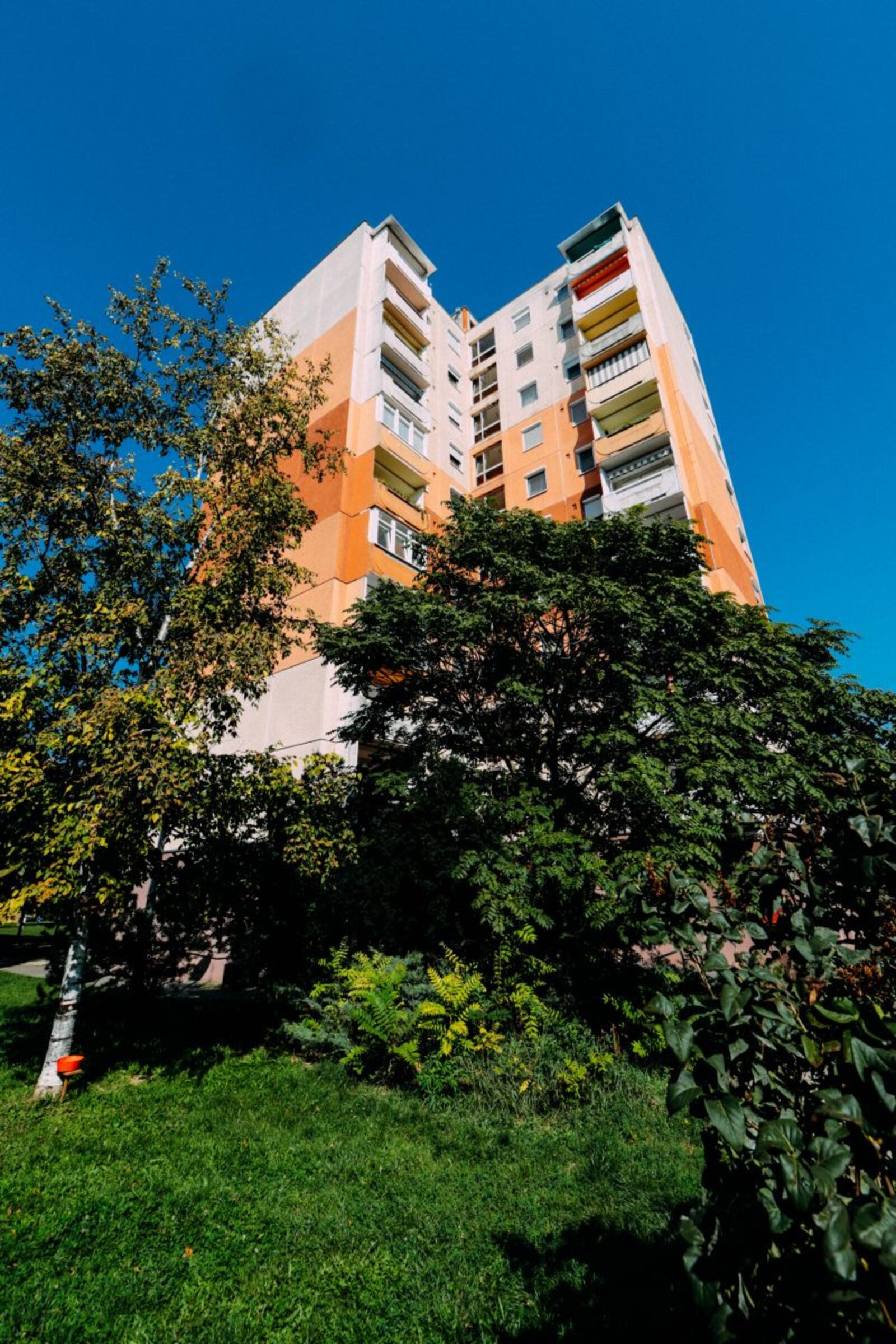A Town Within the City: What Life is Like in the Haszkovó District, Based on a Fresh Survey
A minor town’s population lives in the concrete blocks of the Jutas Road housing estate: more than 14 000 people. Nearly a third of Veszprém’s population live in these reinforced concrete buildings; still, we do not know much about them.


The aim of the questionnaire- and interview-based sociological survey by the Foundation for Publicity and Civil Society on the one hand is to get to know housing estate residents: who they are, how they spend their time, whether they like living there, what works well in the housing estate, and what needs to be changed. On the other hand, we would like to know more about their attitudes to the ECOC bid: what they think about the bid, which planned projects they feel are good and important, and how they see Veszprém’s chances.
This area of town was built in the 1970s and 1980s as part of the undertaking to transform Veszprém into a socialist industrial city. In the heyday of the housing estate, moving to Haszkovó counted as an existential step forwards, but the conditions that once ensured this neighbourhood’s prestige, the degree of comfort offered by the flats, and the well-developed service-providing network of the housing estate have by now considerably fallen in importance. The state of the buildings also keeps deteriorating. According to data gained from property value statistics, the per square metre price has become the lowest in whole Veszprém.
The survey nevertheless shows that the overwhelming majority (77%) of housing estate residents like living there, and are emotionally attached to their environment. First and foremost, it is family and friendly ties that keep them there, but most are also satisfied with the environment, traffic and transport, and services based around the housing estate. There are problems, too, of course, but quite surprisingly, most residents complain about the homeless and the few parking places rather than about crumbling walls and leaking roofs. If residents could help it, there would be even more parks and green areas with trees, in addition to modern playgrounds.
The survey is especially important because by now it has become clear that the lifespan of these housing estates is much longer than originally planned, and the construction of new buildings in Hungary is a much too slow process to allow us to do without housing estates, even in the distant future. At the same time, housing estates badly need major renovation work, not only from the architectural, but mostly from the community perspective. What the survey primarily shows is that there is an enormous need to strengthen and revive the community lives of housing estate residents. Data shows that for almost 90 per cent of Haszkovó residents life is void of any community participation; people tend to spend their free time alone or in the circle of their family or friends, and mostly at home. The ECOC bid therefore needs to focus on how the area may again be filled with community life in addition to the urban rethinking of the district.
The Agóra City Centre for Culture is situated in the heart of the Haszkovó. In our ECOC bid we place great emphasis on making the Agóra function as a much stronger community base than it does now, so that it could activate the whole district. According to our plans, it will be completely renovated inside and out: it is going to be far more modern and inspiring – we plan to link Agóra up with the surrounding public and green spaces in order to fashion these into more inviting and functional community spaces.
A peculiar lesson learned from our survey was that the reception of the ECOC bid is strongly positive among the residents (although for the majority of people this was the first time they ever heard of the initiative) –; at the same time, not many of them, only eight per cent, would be willing to take an active role, mostly as volunteers.
